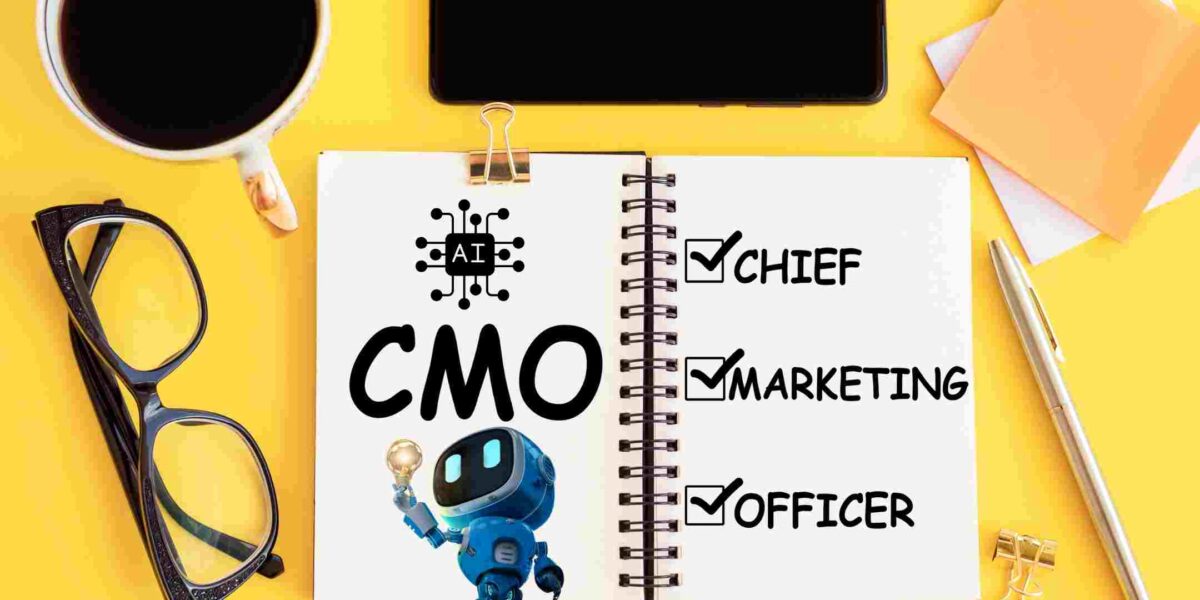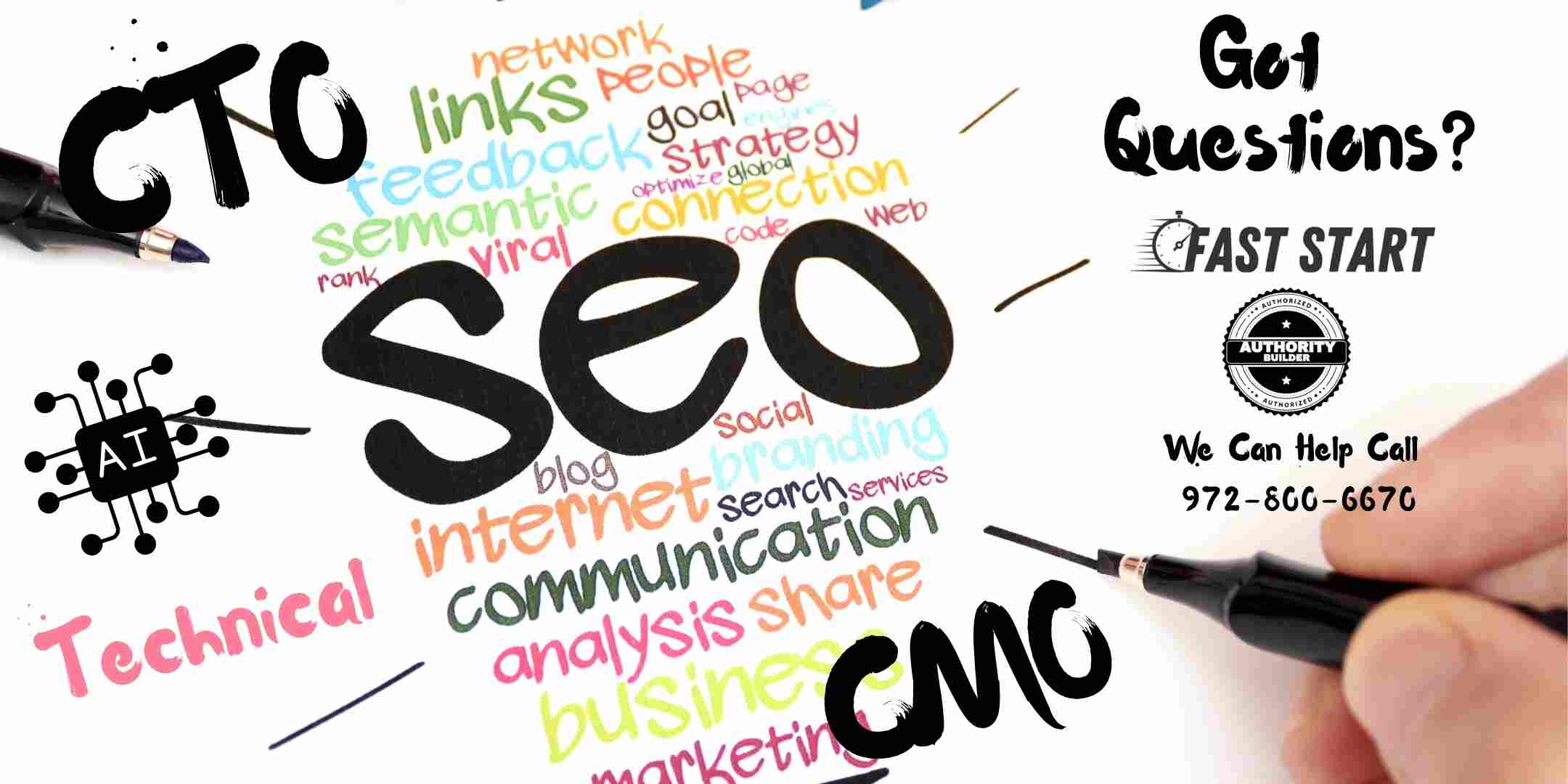
Negotiation is at the heart of the real estate investing business. Doing it well requires sound analysis and and a solid understanding of a counterparty’s motivations. Together, these elements bring out a calm, patient confidence that enables a company like Alliance out-maneuver a substantially bigger corporation.
A few years ago, Alliance purchased a midwestern shipping facility operated by one of the world’s leading logistics companies. With an investment-grade tenant paying above market-rates, the property looked great. But there was a catch. The tenant was demanding lower rent, and the seriousness of that demand caused the owner to sell his property at a modest valuation. With the lease term about to end, our investment opportunity was the risk/reward of the upcoming lease renewal negotiation.
Our research showed that there were few comparable properties in the region, so moving to an alternative facility was not an easy option. The tenant had some legitimate complaints about the facility, but they had to be secondary concerns. Location, size, and infrastructure mattered more, and we had that covered. Alliance’s deep dive into the local market gave us confidence that the tenant would want to stay much more than they were letting on.
The second key to our successful negotiation was correctly understanding the counterparty’s motivations. In this case, mid-level managers were negotiating on behalf of their large corporate employer. My long experience in business told me this: Managers are rewarded when they can reduce costs, so they have a strong incentive to negotiate hard. On the flip side, a failed negotiation would leave them scrambling to find a replacement, with major costs attached. That would reflect poorly on the negotiators, so their incentive was to push hard, right up to the edge of the cliff. But they must not go over the edge.
This understanding of the counterparty’s situation gave us confidence to hold on the line on rent. We spent a full year negotiating the new lease, and we never gave in, despite considerable risk to Alliance if the deal fell through. As costly as it would have been for us, it would have been worse for the tenant, and that told us we could make a deal.
Negotiation requires give and take, and Alliance could not expect to have things all our way. In exchange for keeping the same (already high) rent, we agreed to address all the tenant’s complaints, like fixing the gutters, paint, and parking lot. This created a win-win. The tenant’s negotiators could report success in winning needed capital improvements, funded by Alliance. Alliance was able to secure a long-term lease at the same favorable rate.
In the end, we created a gem of a resale property. An investment grade tenant, locked into a long term deal, at a high rental rate. Our capex costs and the time and effort we put into the negotiation were rewarded with a great increase in valuation. We sold soon after, at an IRR of 16%. This success reflected great research, execution, and a correct read of the counterparty — a deal I am truly proud of.










